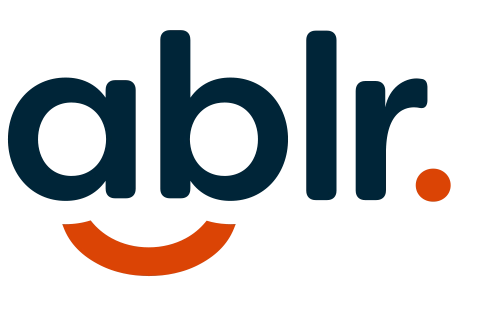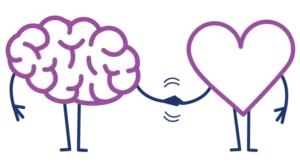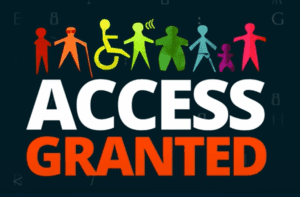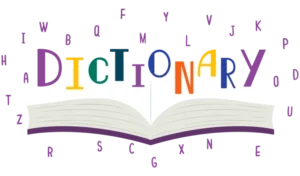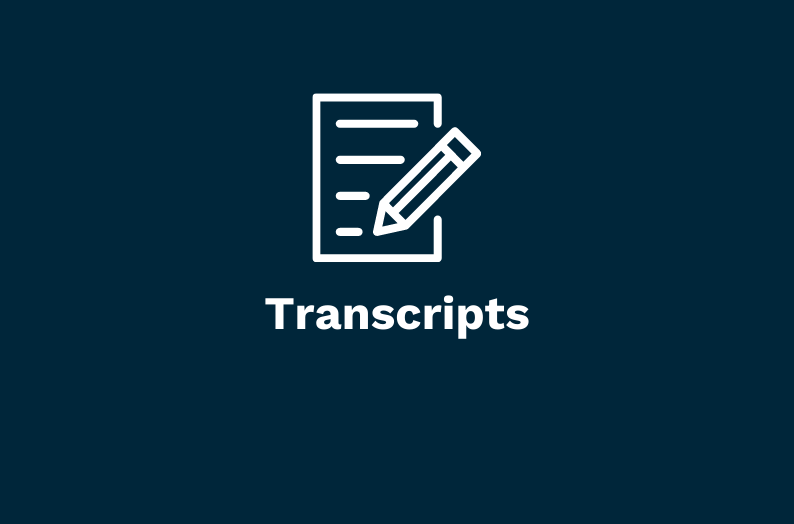John Samuel (00:10):
This is all access with John Samuel. I’m your host, John Samuel. And today we have a special guest. We have Carrie Farber, who is the accessibility lead at Walmart eCommerce. Thank you so much, Carrie, for being here today.
Carrie Farber (00:24):
It’s my pleasure. Thanks, John.
John Samuel (00:26):
Well, I know this is a very busy time of year for y’all given the holiday season. So how is it right now on the e-commerce platform at Walmart?
Carrie Farber (00:36):
It’s going great. We’re actually wrapping up and we’re excited to deliver another great holiday season for our customers.
John Samuel (00:44):
And so Carrie, you’ve been with Walmart e-commerce for a few years now, right?
Carrie Farber (00:49):
I spent about 10 years on the creative team working on content strategy for marketing campaigns, product detail, pages, SEO, and even video, and then spent some time on our customer experience team which at the time was really focused on site merchandising. So I got to really partner with our global marketplaces team to really help drive the customer experience. And then I moved into our product organization working on user generated content and then transitioned into accessibility
John Samuel (01:29):
That transition. And, and can you share your story about that?
Carrie Farber (01:32):
I mentioned I’ve been with Walmart for quite a long time, and I knew that I was going to lose my vision. I have a retinol degenerative disease called retinitis pigmentosa. It really didn’t start to impact my day-to-day until about 2015 and I was keeping it a secret. So I wasn’t using a cane or a guide dog. And in 2016, I was really in the thick of vision loss and I kind of came to this crossroads and I had to decide to either leave Walmart or come out and share my story. And so I was learning to use assistive technology called a screen reader. And one day I was shopping on our website and for the first time in 15 years, I couldn’t shop on our website because it had some opportunities when it came to accessibility. And so I thought about all the other people who are touched by disability, whether it be low vision or blindness or other disabilities, and really kind of thought this is my opportunity to make a difference for other people as well. So really just started working on accessibility and you know, started to advocate and educate. And now a few years later, I’m proud to meet accessibility for Walmart.
John Samuel (03:08):
I know the, the experience of self-disclosure self-identifying and that for myself, it was a challenge. I didn’t feel comfortable with sharing my story, just like yourself. How was the response at Walmart?
Carrie Farber (03:21):
When I look back on it now, I realized that I was really my own worst enemy because I had all of these thoughts and these perceptions that people were going to doubt my ability to do my job, or, you know, I kept questioning would having a disability really prevent me from growing and continuing to develop my career at Walmart. And I had convinced myself that this was actually a liability when in fact it’s actually been an asset and everyone has been really, really amazing. They’ve been supportive. They, you know, are very welcoming and inclusive and, you know, ever since I kind of took that step and, you know, shared my story, it’s actually been the most rewarding experience it’s because I’m in, you know, what I now call my, my dream.
John Samuel (04:24):
In addition to your, your daily job at at Walmart, you’re also employee resource group, correct?
Carrie Farber (04:31):
I’m the chair of the Bay area chapter of our associate resource group it’s called enable. And we really focus again on promoting inclusion for people who are touched by disability or for families. So, you know, we have associates who may be a caregiver, whether it be a child or a parent or any other family member. And then of course we have just folks who want to join because they’re allies. So it’s, it’s a great experience to be able to connect with our associates and also our community and give back and continue to promote the importance of disability inclusion in the workplace.
John Samuel (05:13):
I’ve been wondering, cause there’s a lot of organizations who really want to start ERG. And so if you had some advice for new organizations who are starting these what are some tips that you would give though?
Carrie Farber (05:24):
It’s important to create an environment that’s truly welcoming and, and values everyone. It’s important to identify people who are passionate about the ERG, right? So whether it’s disability inclusion or you know, we have a lot in, you know, group and our black and African-American group and so on, you know, just finding people who are passionate and candid and transparent. And I think they other key is really having leaders who champion diversity. So again, having leaders that support the teams who also, you know, make time for their teams to participate in different types of events you know, and, and whether it’s in the physical world and the virtual world and leaders who champion and will tell their story because we’ve seen, you know, the more people who, you know, share their story and their journey, whatever it may be, basically other people will hear their stories and then kind of reach out. And, and that’s how we create an environment where people feel like they can truly be themselves.
John Samuel (06:43):
I’m a big advocate about people sharing their stories. And that’s really why we started this show. You know, I know that you’ve done some really cool events with your ERG. You guys have done some dining in the dark, is that correct?
Carrie Farber (06:54):
Like learning events where we really want to help people understand customers and associates with disabilities. So we have folks come through our discovery, accessibility lab, you know, the dining in the dark is really about teaching people. One like how to be an awesome sighted guide and then half step into the shoes of someone with a disability. And we really focus on real clear communication and being supportive and, and just key attributes and skills that are actually so valuable in our day to day. Okay.
John Samuel (07:30):
And so you’re also part of some guide dog groups is that correct
Carrie Farber (07:33):
A group of handlers have gotten together and share best practices. And then also again, in our virtual world you know, we’ll often collaborate via zoom.
John Samuel (07:45):
What is some advice you’d give to folks who may not have much exposure to guide dogs?
Carrie Farber (07:51):
You know, service dogs are extremely focused on the environment and in the case of a guide dog, when someone comes up and starts talking to the dog or trying to pet the dog or distract the dog it’s basically like a driver taking his or her eyes off the road. So if the dog, you know, turns to look at someone who’s making, you know, kissing sounds or, you know, just trying to distract the dog, then essentially the handler can be put at risk from a safety perspective. So admire from afar. And again, if you have questions or whatnot, always just, you know, approach the handler and, you know, ask the handler those questions versus engaging with the dog directly.
John Samuel (08:43):
What are some of the your, your goals for yourself? And some things you’d like to see in regards to disability inclusion,
Carrie Farber (08:50):
I’m looking forward to attending some of the great conferences, CSUN even if we’re not able to get out in person it’s it’s going to be a great virtual experience. So I’m excited for that. I’m excited about the great work that’s just being done in general in the industry. I feel like there’s been an increased focus on, you know, cultural diversity, equity and inclusion and the past year or so. So I’m excited to see how more and more companies are getting involved with disability inclusion, whether it’s you know, just in their workplace, getting learning more about it, starting ERG. Also just the focus on accessibility not just for customers and users, but also for our employees. So I think that’s, that’s exciting.
John Samuel (09:42):
Thank you so much, Carrie. I really appreciate you taking the time.
Carrie Farber (09:45):
Thank you for having me.
